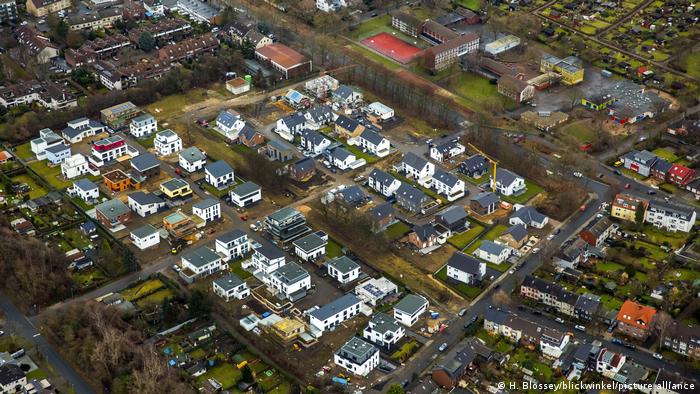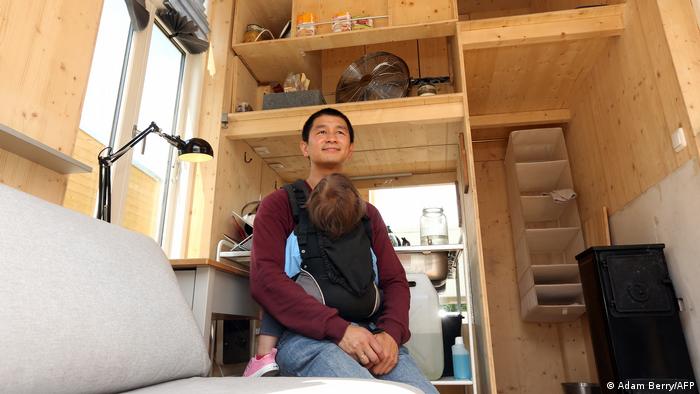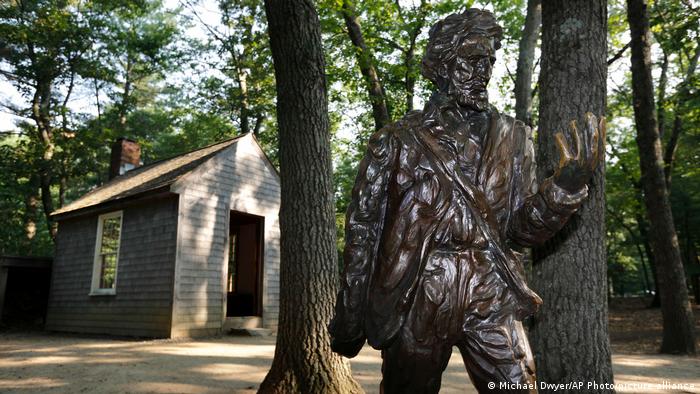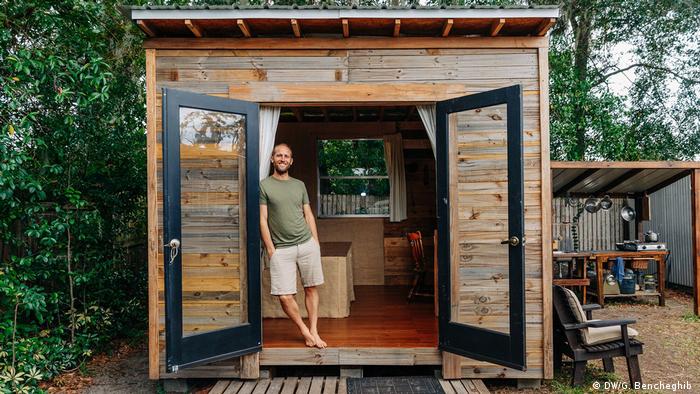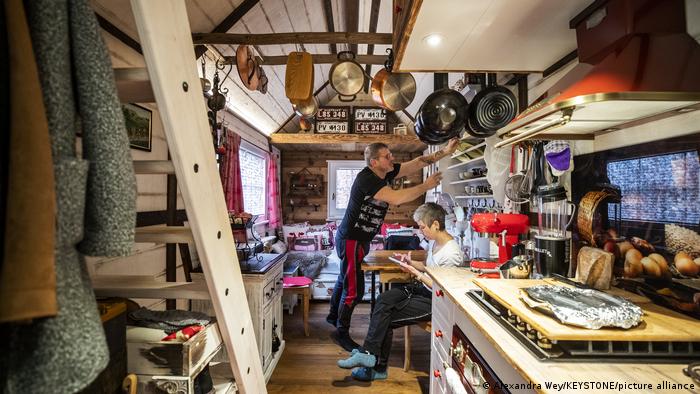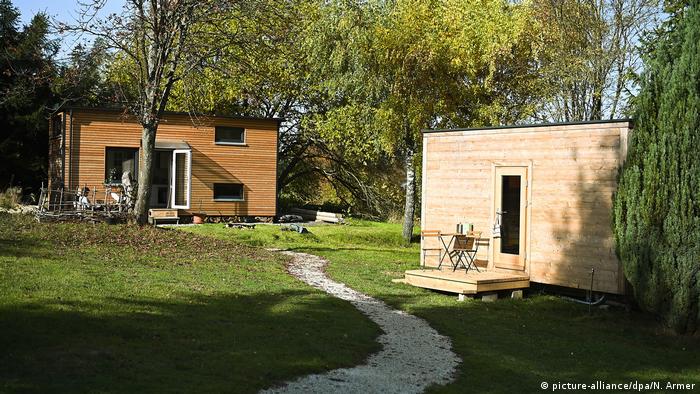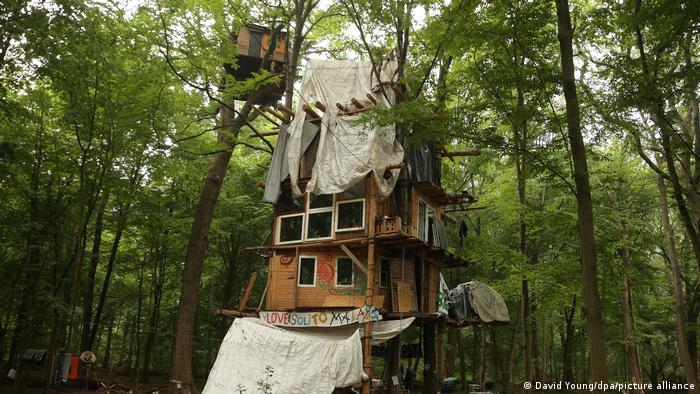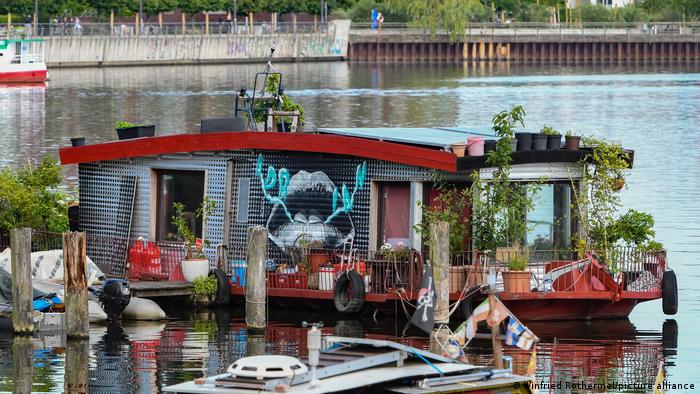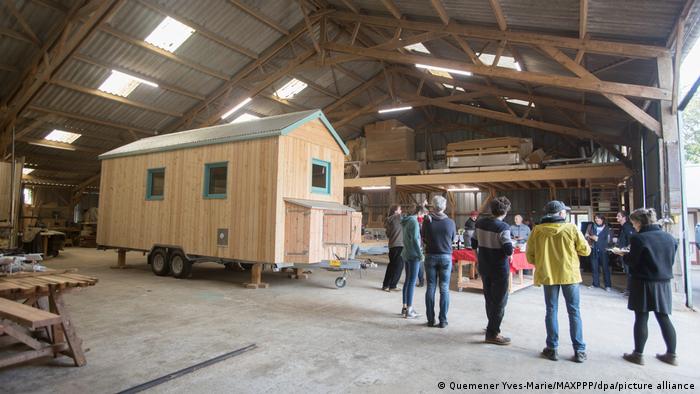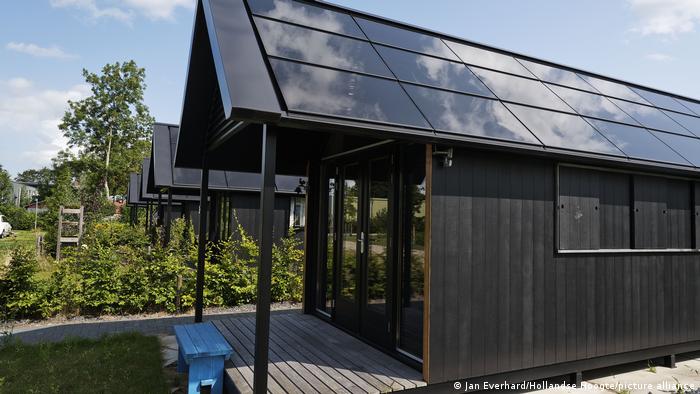In Germany, construction projects are eating away 52 hectares (129 acres) of land the equivalent of around 73 soccer pitches every day, according to the country’s Environment Ministry.
A significant portion of that money is used for new homes as well as industry, commerce, and other purposes. This constant construction has implications for the environment it can affect wildlife habitats, arable soils, carbon storage and floodwater drainage.
The government wants to limit the development of new land to 30 hectares a day by 2030. At the same time, it has pledged to build 400,000 new units every year to ease a severe shortage of affordable housing.
According to Anna Braune, director of research and development at the German Sustainable Building Council, tackling the climate crisis and meeting housing demands in cities will require a rethink of how space is used.
“We have doubled our personal space in the last 50 years,” she told DW’s On the Green Fence podcast. “We still like the idea of big spaces, building for our family, the nest that is usually only used for 20 years if we have kids, and then everyone moves on to something else. It doesn’t seem very appealing for the future.
In 1960, the average German had just 19 square meters of living space. That number had risen to 34 square meters three decades later. And today, another 30 years on, it’s 47 square meters. There are a number of reasons for that, such as higher levels of wealth, more and more people living alone, and an aging population the proportion of people living alone rises with age. Senior citizen households are usually made up of one or two people. The average living space per person (60 m2) tends to be larger than that in younger households (40 m2).
More space means more CO2
The size of our homes is significant because generally the larger the space, the more building materials are needed for construction and the more energy is needed for heating and cooling.
“Every square meter saved is half a ton of carbon emissions saved,” over the building’s lifecycle, Braune said. To put that into perspective, half a ton of CO2 is about the same as a one-way flight from London to Singapore emits per passenger.
Germany’s greenhouse gas emissions are almost 40% due to the building sector. And while improving energy efficiency and using climate-friendly materials can limit the carbon footprint of a home, Braune says there should be more awareness about the role of space.
Rather than 47 square meters, Braune says 20-30 square meters might be more reasonable for the average person.
Germans have slightly less living space than the European average. That’s about 8 times more than Nigerians. The Americans have almost twice the living space of Europeans.
Building the future is the challenge
Providing adequate housing for a growing global population while attempting to keep carbon emissions in check is going to be a mammoth challenge over the coming decades. According to the Global Alliance for Buildings and Construction, around half of the buildings projected to exist in 2060 haven’t been built yet.
In the next 30 years, 2.5 billion more people are expected to flock to cities, mainly in Africa and Asia.
“There is no doubt that we have to build spaces for all these people, but now the question is how we build it, and where do we provide not just houses but living conditions that are fair,” says Braune.
One possibility to address the lack of city housing and space, she says, is sharing.
Cohousing is back in fashion
Helen Jarvis, a professor of social geography engagement from the UK’s University of Newcastle, has been researching cohousing setups in Australia, Britain and other countries. Cohousing is a type of community jointly owned and managed by multiple people or families. Individuals typically have their own private space, while also having access to common areas with shared facilities such as a laundry room, tool workshop or guest dining room.
“I do see the future as being far more about infrastructures of sharing, not private ownership, and that of course addresses affordability as well as ecological sustainability,” Jarvis said.
Although collective living is as old as housing itself, she adds, it is experiencing a re-emergence today.
Using tiny spaces
Another trend that has gained traction in recent decades, partly in response to environmental and affordability concerns, is the tiny house movement. Berlin-based architect Van Bo Le-Mentzel founded the NGO Tiny House University in 2015 to create cheap tiny houses with 10 square meters. But while he thinks it’s a good idea for people to downsize, even he stresses that tiny spaces are not the answer.
“If you are forced to live in tiny spaces, you can get wild after a while.” Rather, he says tiny houses could be useful as an extension to a small home or as part of a community with access to a bigger shared house.
“But, if you want to ensure that 7 billion people have easy access to a community space then the individual space must be smaller.”
Smaller spaces might be cheaper and account for fewer CO2 emissions, but Le-Mentzel says the tiny house movement should be viewed critically: “The tiny house buyers often own not only one apartment, but two apartments and several homes … And in addition to that, now they add a very nice tiny house to their belongings.”
Repurposing existing buildings is another way to create homes without using undeveloped land. A study from Germany’s Technical University of Darmstadt and Eduard Pestel Institute found that up to 2.7 million apartments could be created in Germany’s inner city areas by converting or building stories on top of offices, administrative buildings, pharmacies and parking garages, for example.
Pandemic highlights loneliness’s problem
The coronavirus pandemic caused a global drop in emissions from the building and construction sectors, reaching lows not seen since 2007, the Global Status Report for Buildings and Construction found. That lull isn’t expected to last, however.
According to Professor Jarvis, the past two years also yielded other insights into the meaning of our homes.
“The pandemic really shed light on loneliness. She stated that people living alone, social isolation, as well as an aging population, are major motivators to reconsider cohousing.
“We shouldn’t all live in single family homes where one in four of our children will be the only person who lives alone for many decades.”

